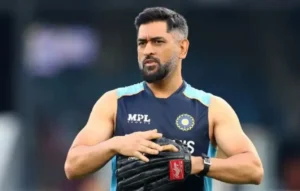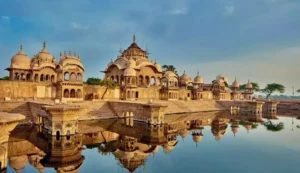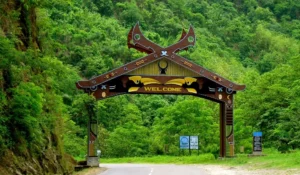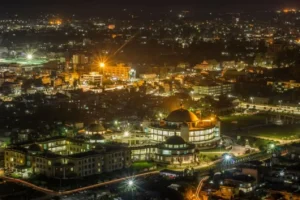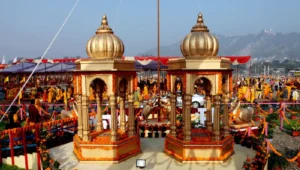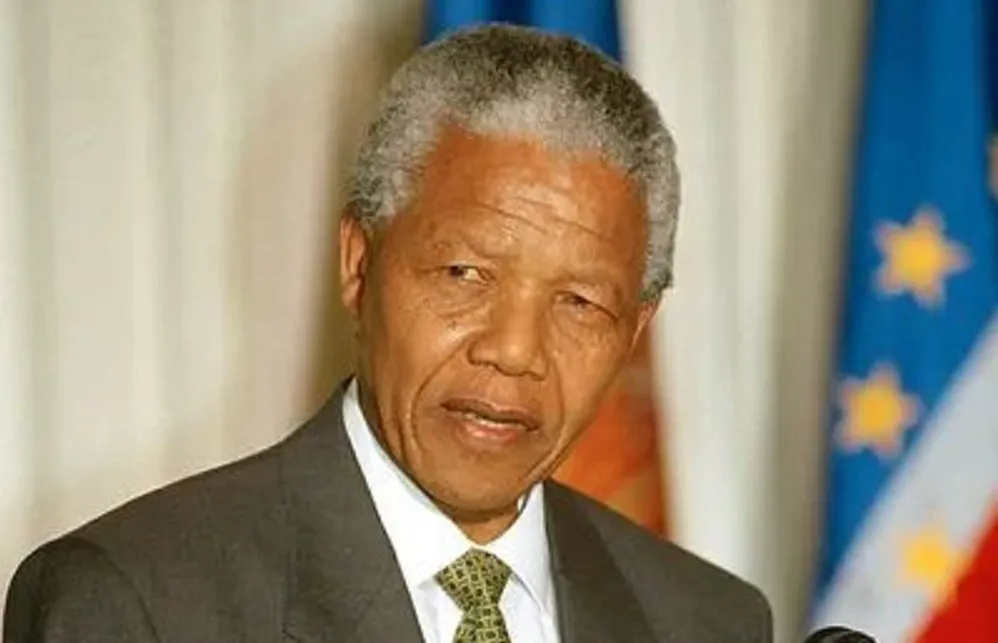
Table of Contents
ToggleA short Biography About Nelson Mandela
Today, we will share a short biography of Nelson Mandela. This post will benefit those who want to know more about Nelson Mandela. This biography of Nelson Mandela is written in harsh words. Read the complete biography.
Nelson Mandela, fully Nelson Rolihlahla Mandela, by name Madiba, (born July 18, 1918, Mvezo, South Africa—died Dec 5, 2013, Johannesburg), was a Black nationalist and also the first Black president of the Republic of South Africa (1994–99). In the early 1990s, Mandela negotiated with the South African Pres. F.W. de Klerk helped end the country’s apartheid system of segregation and ushered in a peaceful transition to philosophy. In 1993, the Nobel prize for Peace was awarded to the duo of Mandela and Klerk for their hard work.
Nelson Mandela Early life and work
Nelson Mandela was the son of Chief Henry Mandela of the Madiba social group of the Xhosa-speaking Tembu individuals. Jongintaba, the regent of Tambu raised young Nelson after his father’s death. Nelson renounced his claim to the office to become a lawyer. He attended South African Native College (later the University of Fort Hare) and studied law at the University of the Witwatersrand; he later passed the qualification exam to become a lawyer.
In 1944 he joined the African National Congress (ANC), a Black-liberation cluster, and has become a pacesetter of its Youth League. That very same year, he met and married Evelyn NtokoMase. Mandela afterward held alternative ANC leadership positions, through which he helped revitalize the organization and oppose the racial policies of the ruling National Party.
In 1952 in Johannesburg, with fellow ANC leader Oliver Tambo, Mandela established South Africa’s first Black practice, specializing in cases resulting from post-1948 apartheid legislation. Additionally, that year, Mandela played a vital role in launching a campaign of defiance against South Africa’s pass laws, which needed nonwhites to bring documents (known as passes, passbooks, or reference books) authorizing their presence in areas where the govt—deemed “restricted” (i.e., typically reserved for the white population).
He traveled throughout the country as a part of the campaign, attempting to gather support for nonviolent means of protest against discriminatory laws. In 1955 he was involved in drafting the Freedom Charter, a document calling for nonracial ideology in the Republic of South Africa.
Nelson Mandela Presidency and retirement
In April 1994, the Mandela-led ANC won South Africa’s first elections by universal vote, and on May 10, Mandela was sworn in as president of the country’s first multi-ethnic government. He established 1995 the Truth and Reconciliation Commission (TRC), which investigated human rights violations under apartheid, and he introduced housing, education, and economic development initiatives designed to enhance the living standards of the country’s Black population.
Mandela resigned from his post with the ANC in Dec 1997, transferring leadership of the party to his selected successor, Thabo Mbeki. Mandela and Madikizela-Mandela had divorced in 1996, and in 1998 Mandela married GracaMachel, the widow of SamoraMachel, the previous Mozambican president and leader of Frelimo.
Mandela didn’t request a second term as South African president and was succeeded by Mbeki in 1999. After leaving office, Mandela retired from active politics however maintained a robust international presence as an advocate of Peace, reconciliation, and social justice, typically through the work of the Nelson Mandela Foundation, established in 1999. He was a founding member of the Elders, a group of international leaders based in 2007 to promote conflict resolution and problem-solving throughout the planet. In 2008 Mandela was feted with many celebrations in the Republic of South Africa, Great Britain, and other countries in honor of his 90th birthday.
There are many records of Mandela’s writings and speeches. Like in Mandela’s writings and speeches were collected in I Am Prepared to Die (1964; revised edition 1986), No Easy Walk to Freedom (1965; updated edition 2002), etc. The biography Long Walk to Freedom, which talks about his childhood and years in jail, was printed in 1994. An unfinished draft of his second volume of memoirs was completed by Mandla Langa and discharged posthumously as Dare Not Linger: The Presidential Years (2017).
About Author
Piyush Kumar
We, with our blogs, promotes the traveling lifestyle and helps in guiding people about all the aspects of exploring a new place, shaktipeeth, jyortirlinga, foods, temples, etc.



